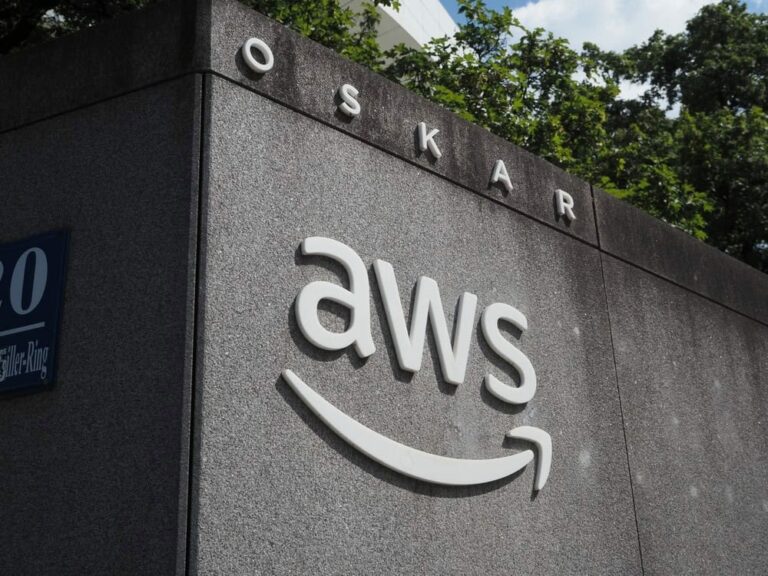AWS introduces AI agents that automate the migration of legacy software to the cloud. The agents can draw up project proposals, generate code, and adjust dependencies. In several pilot projects, it proved possible to reduce months of work to just a few days.
AWS is launching a new toolset called the Professional Services Delivery Agent. This should make it easier for companies to move old software to the cloud. The agent simply starts projects based on diagrams or meeting notes.
Project proposals and work descriptions are then generated in a matter of hours. Tasks that previously took weeks to complete can now be finished in a short period of time. AWS Professional Services (ProServe) consultants supervise the process and check whether the output meets the requirements.
The agent works with specialized sub-agents who write, test, and deploy code. For COBOL mainframes, VMware workloads, and .NET applications, the system automatically activates the AWS Transform service.
Dependencies are a bottleneck
Migrating software usually also means adjusting dependencies. Software modules that an application needs to function sometimes have to be replaced during the transition. This normally requires a lot of manual programming work.
AWS claims that the agent based on Transform takes over most of this work. It maps dependencies, draws up a migration plan, and writes the necessary code. “This agent incorporates a knowledge base of learnings from thousands of migrations AWS ProServe has completed,” says Vice President Francessca Vasquez.
Competitors such as Google and Microsoft use similar technology. Google uses its proprietary CogniPort to move workloads to Axion processors. Microsoft has similar features in GitHub Copilot for Azure migrations.
Rivals develop their own migration tools
Google is moving its own workloads to custom Axion chips. To do this, it built CogniPort, an AI agent that rewrites code and automatically generates tests to detect bugs.
Microsoft offers support for modernizing .NET applications via GitHub Copilot. These can be migrated to Azure or updated to newer versions of the framework.
The three major cloud players are battling for customers with AI technology to accelerate migrations. Automating the migration process should lower the threshold for companies that are still hesitant to leave legacy systems behind.
